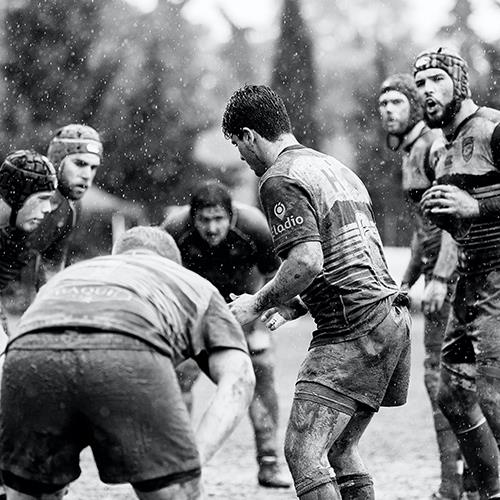How the ADKAR approach helps in change management
Prosci, a specialist in organizational change, has developed an approach based on the experiences of the many companies in which it has worked. The feedback received has enabled it to develop a model that maximizes the chances of success: ADKAR.
ADKAR is an acronym that defines the five pillars of successful change:
- Awareness of the need for change
- Desire to participate in the change
- Knowledge to change
- Ability to implement change
- Reinforcement of the change achieved to ensure its sustainability.
How to translate ADKAR in a context of organizational change
Beyond the acronym, what reality for the company?
Awareness
For awareness to occur, the nature of the change and why it is needed must be shared. Employees need to know why, what the goal is and what the nature of the change will be. And, alternatively, what the consequences of not engaging in the change would be. This helps to anticipate disincentives to change such as "we're not being told" or "it worked fine before". At this stage, the nature of the change usually has a high-level business objective: improving profitability, replacing outdated tools or processes, etc. While the change may seem obvious, communicating the need for it is imperative for the right course of action. This communication can take the form of messages from the sponsor in charge of leading the change, internal communications, briefings with managers, etc. This does not mean that there will not be resistance, which is where the notion of desire comes into play.
Desire
Desire is the act of turning organizational need into individual benefit. In other words, how the announced change will positively impact my position. This implies anticipating the legitimate obstacles that employees will express, in order to help them move towards the desire to be part of the change. Generating desire is tricky because it can only come from the employees themselves. But we are all human and by nature resistant to change (why should I leave my comfort zone?). This is where front-line managers have a role to play in translating the overall objective into personal impacts: improving profitability is opening the door to raises, a new process is simplifying tasks or reducing their drudgery, etc. Sometimes the benefits of change are less "positive" but just as relevant: for example, they can prevent shift breaks...
Knowledge
Now that the objective of the change is clear and accepted, it remains to specify the "how". How will the employees be able to participate? At this stage, you have to tell them what the expectations are regarding their way of doing things and give them the means to do it. To continue with the example given above, the adoption of a new process may require explaining what is expected of the implementation team, but also explaining to the operational teams how they will have to use it. This implies that the change plan should include (gradual) training phases specific to the needs. This can be done through mentoring, training (customized or not), coaching, access to information, etc. At this stage, it is important to be aware of the possible gap between current and desired knowledge, and the time needed to bridge it.
Ability
In the previous stage, employees have acquired the knowledge necessary to achieve the desired change (they know what to do). However, they still have a way to go in order to have the abilities (put the knowledge into practice). As with knowledge acquisition, skill development requires practice, training, workshops, coaching, feedback, etc. Giving the time and support helps move from knowledge to ability. In our example, the knowledge helped train employees to use the interface (for example) of the new process. However, they will need time to master it in the real conditions of their job.
Reinforcement
Reinforcing new habits is the last pillar of the ADKAR approach. It is not the least of these because it is very easy (and very natural) to want to return to old habits. This must be avoided to ensure the sustainability of the change and its effectiveness. It is therefore necessary for the team in charge of the change to ensure regular follow-ups, to identify blocking factors (or attempts to circumvent them) and, above all, to encourage and recognize the progress made... An individual victory is also a team victory, and ultimately a victory for the entire company.
Conclusion
Skillful change management can make the difference between success and failure. The ADKAR approach offers a proven empirical model. While it may seem simple in its statement, it requires long-term work to bear fruit, as it involves starting well in advance of the change and continuing well afterwards. Having clearly identified change managers, with an active sponsor, will lead to much more positive results, than assuming that adaptation will happen "naturally", organically.
To go further:










